Masters of Photography Vol. 13 – Australians is now available and we are already on to the next one. This time, Fashion Industry Broadcast goes global. From Seoul to Berlin, “Masters of Photography Vol. 52 – Next Gen” is a carefully-curated selection of emerging artists who we think might be the next big thing. This art book will feature an amazing selection of their work, as well as thought-provoking interviews.
Every Monday,we will introduce you to one of these new talents. Today, we are flying away to Brazil for an exclusive interview with Nàdia Maria.

How would you describe your style?
I do not know if I fit in a specific style because I’m always experimenting and looking into my feelings. I photograph what I feel inside, the only thing that is always there is poetry.
How and when did you decide to become a professional photographer?
I started shooting when I was only 7 years old and I think that at that age I’d already decided that this would be what I would do. I just kept going. When I had to choose what to study after college, nothing else came to my mind. But to this day I feel more like a passionate amateur than a professional (considering the meaning that the word ‘professional’ has).
Where do you find inspiration?
In my heart; in my intimate being. It arises from the same channel as my reflections on life: my thoughts come to me as archetypes, such as images and shapes…
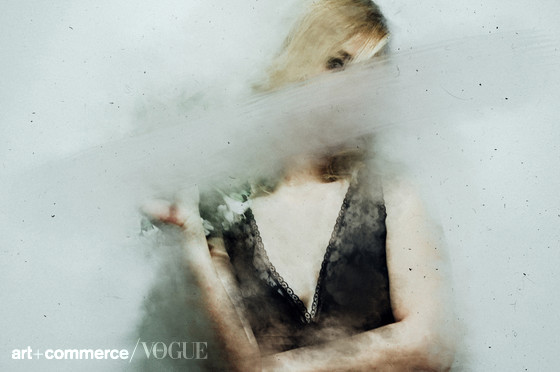
Who are your favourite photographers of all time and why are they so special to you?
I really like Julia Margaret Cameron, Clarence H White, Alice Boughton, Masao Yamamoto, George Seeley, Francesca Woodman, Eva Watson-Schütze, Henry Peach Robinson and Sally Mann just to name a few.
This art book features photographers from the entire world and each of them has a very specific identity. How do you think your geographic location affects your work?
I think Brazil affects me more emotionally. My feelings are very intense and are sometimes associated with nature and the primitive. I don’t know if I can associate it with being Brazilian, because I consider myself a universal being, a human that identifies with everything, everywhere…
If you could move to any city in the world, where would you like to live and work as a photographer?
I like the south of France and Switzerland. I have a strange nostalgic feeling about these places.
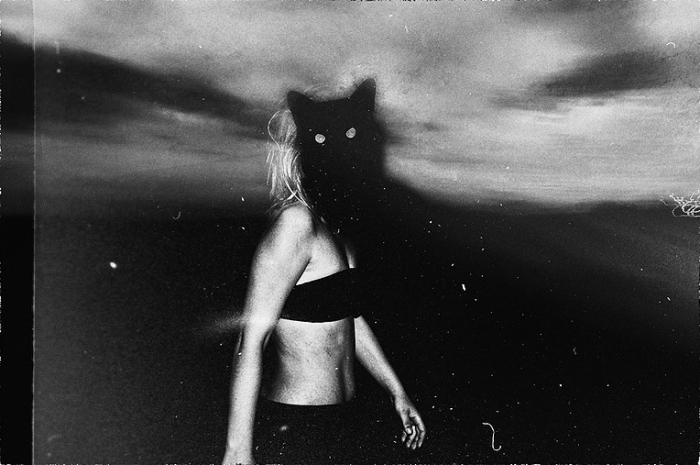
What are you five dream locations to shoot?
It’s difficult to choose five places. But as I would like to shoot intensely, I think Brazil, Burma, Africa, India and China would suit my identity.
How would you describe the photography industry in your country? What are the chances for a young artist to ‘make it’ and become global?
I personally believe that to stand the chance of becoming global you’ve got to put all that you are into your work: essence, love, your experiences and all that you can offer. This is true in my country and everywhere else on this planet.
Doing what you love and loving what you do, without money or recognition, is already very rewarding… You only grow where you love, in agreement with the dynamics of the world. For whoever can reach that silver thread of work, body and mind, I think it launches on its own. Money is only a tool.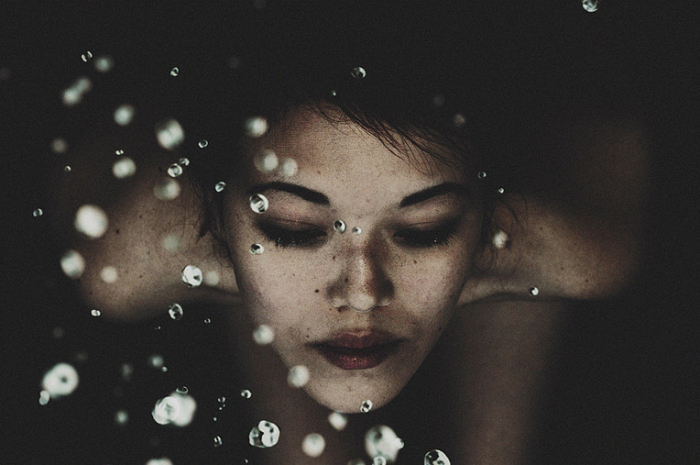
As a young photographer, you have been part of a big switch in the industry. Indeed, photography today is much more democratised than a few decades ago. Everyone can have access to retouching programs, publishing sites and good cameras. What are your thoughts on the evolution of the industry and the impact it has on your work?
Photography is not only a good image made with a great camera and edited with the best programs. Photography is a message, a memory, a fragment, a frequency, a wave, a therapy; it’s the soul of the photographer and of the moment.
You can look at a picture that’s technically perfect and see an empty image. And you can you look at a picture produced very badly, made by your grandfather for example, and it could be intensely deep.
The “X” of photography is what you hold within it; what’s behind the image. For this there is no equipment. As much as the picture evolves, it will still always work for the observer. So I don’t think there’s any problem with editing programs or digital photography – none of this bothers me. It is the thought that shapes everything. But I understand that photography is composed twice – once by the photographer and again by the observer. It is up to the photographer to make it easily accessible.
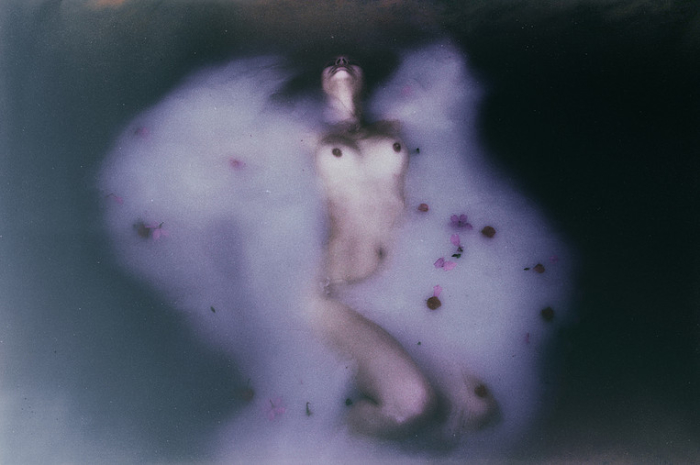
A lot of young photographers got discovered thanks to their Tumblr or Instagram account. What is your relationship with social media platforms?
Social media has expanded my creative process, my way of interpreting and creating. Through social platforms I reach out to different people from different cultures, who have their own interpretations for my work, which I think is incredible. It expands our vision. The chance we have to exchange is what I like most about social media – not only to show my work more broadly, but essentially to experience this sharing of inspirations.
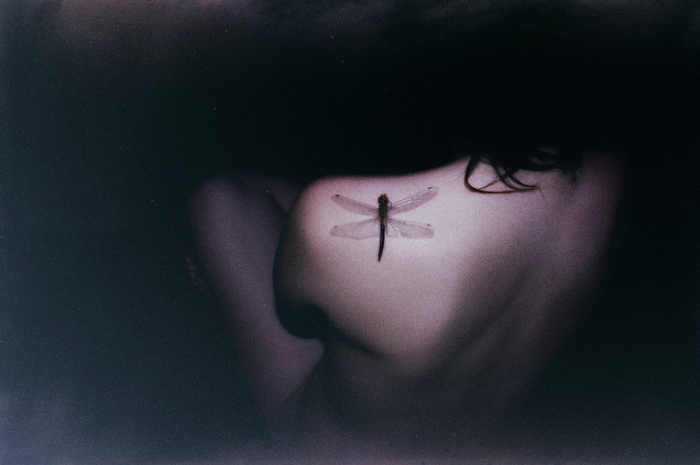
Post manipulation has been long debated, especially in commercial and fashion photography. How much do you retouch your images and what is your opinion on the whole body image debate?
I like the imperfection of the mistakes, but I have nothing against image manipulation. I experiment with it all. It depends on what I want to convey. The handling has always existed as we used to do this in laboratories before. Now it’s more extreme, but it all depends on the image’s purpose. I am not in favour of retouching in regards to some specific issues, but I am in favour of artistic freedom; no rules for creation.
All images ©Nàdia Maria.






